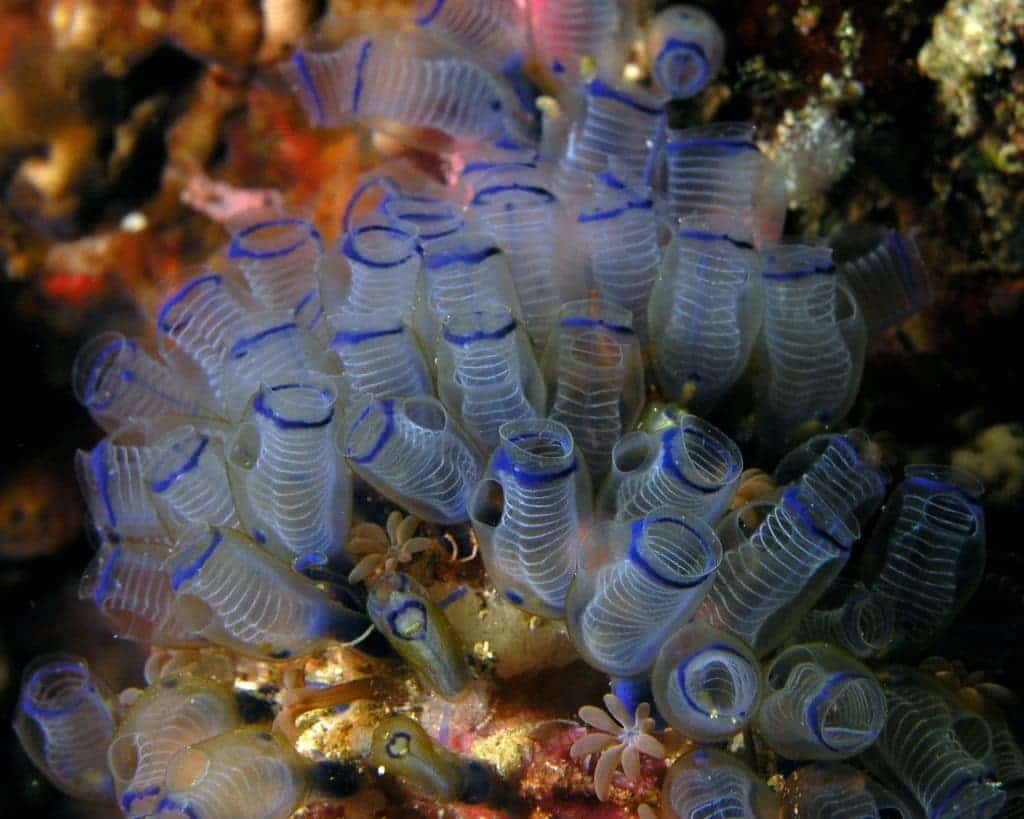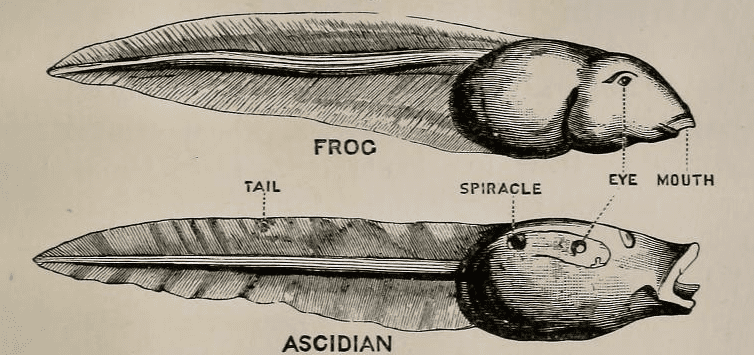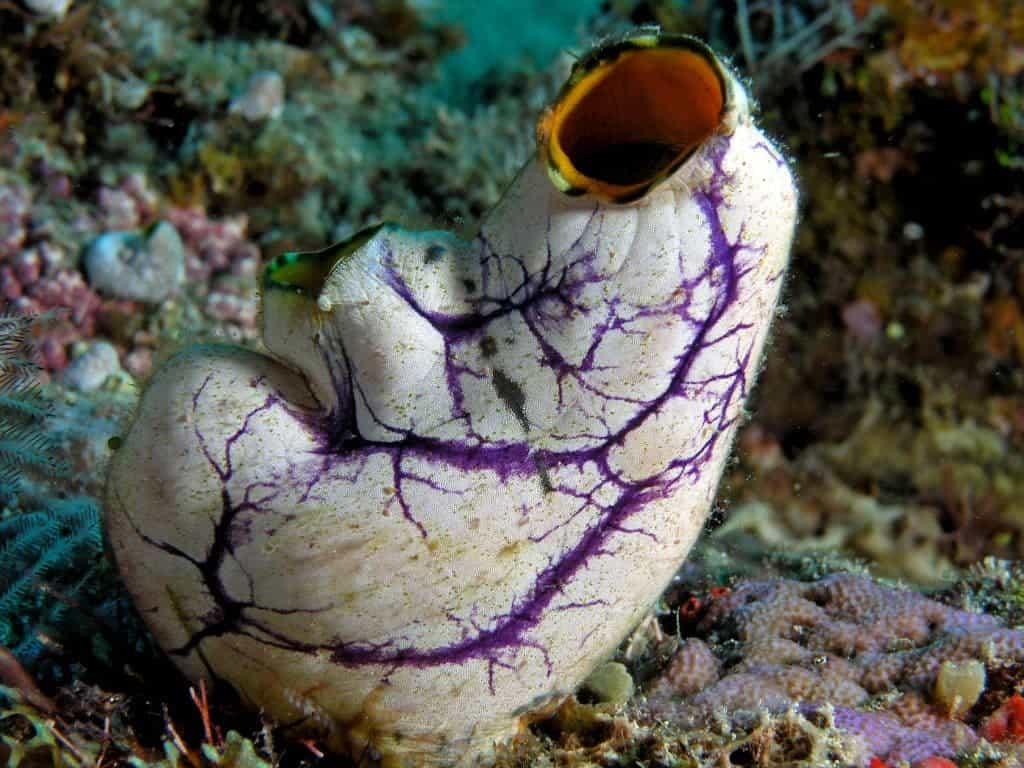Sea squirts, also known as tunicates, are as peculiar as their name suggests. They’re not the flashy stars of the underwater world, nor the mammoth creatures of the deep. Instead, they’re modest, often small, stationary marine invertebrates that attach themselves to hard surfaces. Despite their humble appearance, they harbor secrets that are as mesmerizing as the sea itself.
Sea squirts have basically digested their own organs. Yes, really
Sea squirts, or tunicates, are marine invertebrate animals — they lack a backbone. They’re part of a group called Urochordates, which are the closest relatives of vertebrates and evolved over 500 million years ago. So these adorable creatures are pretty ancient in their own right.
Tunicates are marine filter feeders. As adults, they stay in one place and live sedentary lives, anchored to one spot. In that one spot, they filter water using a water-filled sac-like body structure and two tubular openings, known as siphons, through which they draw in and expel water. They’re basically a big stomach inside a sack.
To obtain enough food, many tunicates need to process an equivalent of their body volume of water per second.
In order to be able to feed this way, they must give up on their swimming freedom and permanently fixate on the ocean floor. But that’s not all they give up. In the process, they absorb and digest the body parts they no longer need — including their tail, gills, and brains. Yikes!
From active young to steady, hermaphrodite adults
When they are larvae, they look a lot like tadpoles, swimming around freely. They are able to reproduce sexually as larvae, which is a bit unusual, but they are unable to feed at this stage. Sea squirt larvae have no mouth and their sole purpose is to find a place to spend their adulthood.
Once the larvae find a suitable spot, they affix themselves and undergo a dramatic metamorphosis into the sedentary adult form we recognize as a sea squirt.
Then, once they settle down, some of them live as isolated individuals, but others form big colonies. Colonial sea squirts have the ability to bud off additional individuals from the first to arrive, and thus, the colony grows. However, the colonial sea squirts still keep the same body structure as solitary tunicates, only much smaller.
Almost all sea squirts are hermaphrodites, which means they have both male and female reproductive organs. Many spawn by releasing eggs and sperm into the ocean.
Strangely, this system has worked out efficiently for hundreds of millions of years. There are thousands of species, and they’ve been around since the mid-Cambrian, over 500 million years ago.
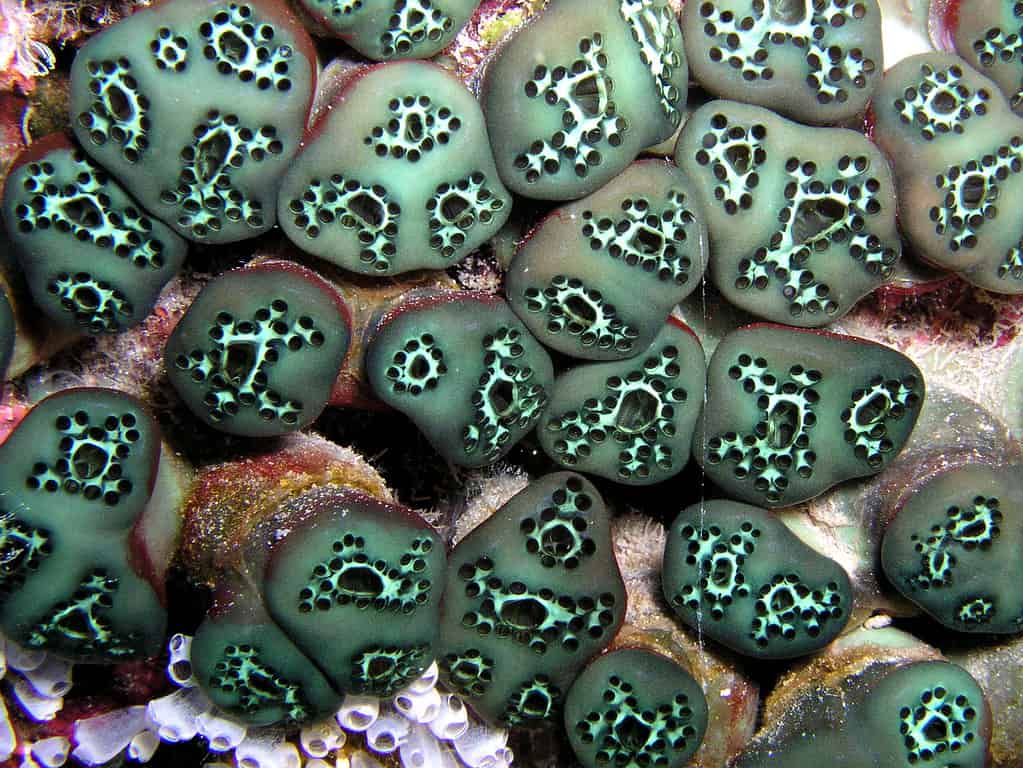
Their metamorphosis from larvae to fixed individual is also pretty intriguing.
The brain (or rather, the cerebral ganglion) that controls movements starts to shrink down. This ganglion is unnecessary since the organisms won’t move around anymore. This change is also why some people say that sea squirts “eat their own brains.” The cerebral ganglion that adults have is adapted to the lack of movement.
As if that wasn’t enough, their blood is also strange. It contains unusually high quantities of a metal called vanadium, contained by vacuoles which also containing sulphuric acid. Biologists and doctors are now studying the potential medical applications of tunicates, after it was revealed that their bodies contain several compounds which can be used to fight different types of cancer.
Sea squirts, humans, and the environment
There are over 2,000 known species of sea squirts. They can be found in marine environments all over the world, from shallow coastal areas to the depths of the ocean. They’re very varied and inhabit different types of ecosystems.
Some species of sea squirts can become invasive when they are introduced to new environments, often outcompeting native species and impacting local ecosystems. Invasive tunicates usually arrive as fouling organisms on the hulls of ships, but may also be introduced as larvae in ballast water.
Some types of sea squirts are consumed in some cultures, especially in Japanese cuisine. However, their harvesting is decreasing steadily year by year, and in general, sea squirt numbers are decreasing due to climate change.
But perhaps the
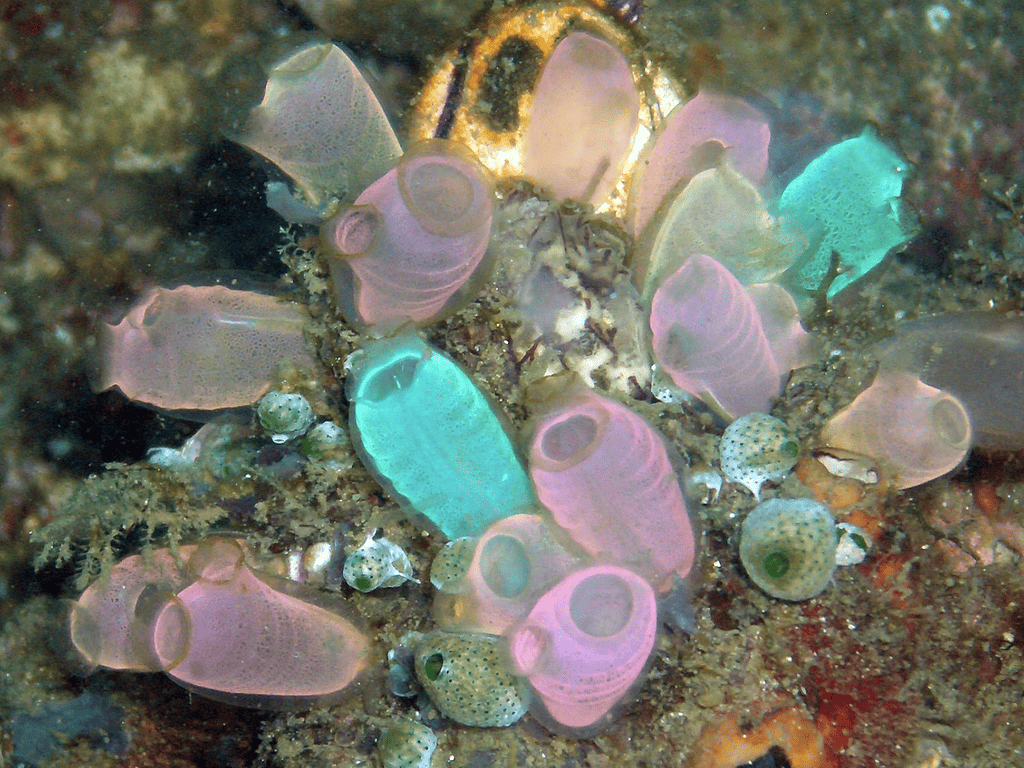
Despite their simple form, sea squirts are considered the closest living relatives to vertebrates. This is due to their possession of a notochord (a primitive form of a spinal cord) in their larval stage. This puts them in a unique evolutionary perspective, where they can offer information about a lot of different organisms. Their genoms are also small and easy to manipulate, which make them all the more popular with researchers.
But it gets even more interesting. Perhaps the most surprising role of sea squirts lies in their relationship with human health. In the quest to understand and cure diseases, these unassuming creatures have provided invaluable insights.
Some species of sea squirts produce compounds that have shown potential as anticancer drugs. Ecteinascidin 743 (ET-743), an anticancer drug derived from a Caribbean tunicate species, has been approved for the treatment of certain types of cancer.
Curious, fascinating creatures
These tiny oceanic creatures may not grace the covers of wildlife magazines, but they are as fascinating as any creature in the oceans or on the land. They are apparently simple creatures, but they come with a complex story behind them. Their tireless work in filtering our oceans, their contributions to medicine, and their place in our shared evolutionary history make them every bit as captivating as their more celebrated marine counterparts. Let’s give them the recognition they deserve.
Sea squirts are more than just a pretty face… because well, they don’t have a face, and even if they did they would have probably digested it.
